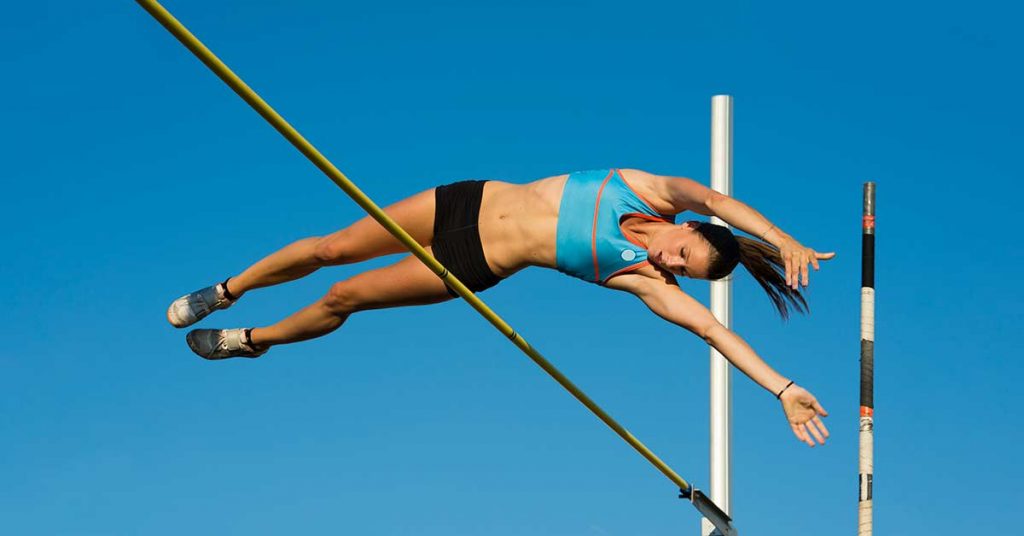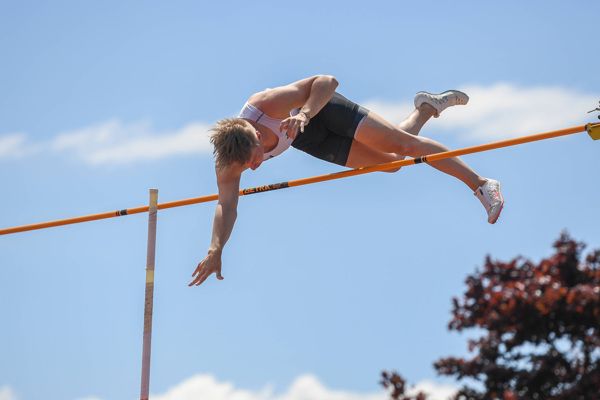A relationship between the pole and the athlete
A field event and one of the two vertical jumps, Pole Vault it is proven to be one of the most technical and high-adrenaline discipline. Event in which an athlete uses a long and flexible pole, usually made from fibreglass or carbon-fibre, as an aid to jump over a bar. It has been a full medal event at the Olympic Games since 1896 for men and since 2000 for women where took part in Sydney, Australia. Pole vaulting, originally for distance, dates back to at least the 16th century and there is also evidence it was even practised in Ancient Greece. The origins of modern vaulting can be traced back to Germany in the 1850s, when the sport was adopted by a gymnastic association, and in the Lake District region of England, where contests were held with ash or hickory poles with iron spikes in the end. Initially, vaulting poles were made from stiff materials such as bamboo or aluminium. The introduction of flexible vaulting poles in the early 1950s made from composites such as fibreglass or carbon fibre allowed vaulters to achieve greater height.

objectives:
Although many techniques are used by vaulters at various skill levels to clear the bar, the generally accepted technical model can be broken down into several phases as:
- Approach/Run-Up.
- Plant and Take-Off.
- Swing Up.
- Extension.
- Clearing the Bar.
WORLD RECORDS & CURRENT WORLD LEADS
Armand Duplantis
Beograd, SRB ('22)
6.20m
Yelena Isinbayeva
Zürich, SUI ('09)
5.06m
Armand Duplantis
Beograd, SRB
6.20m
Anzhelika Sidorova
Clermont-F, FRA
4.87m







